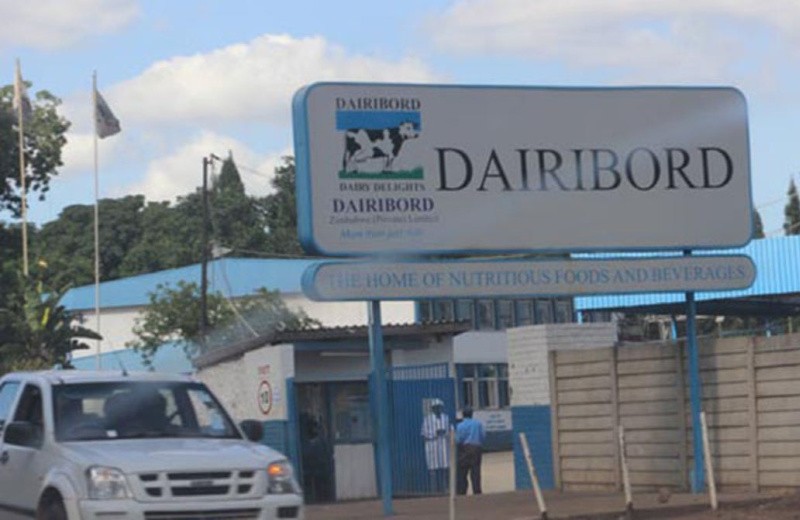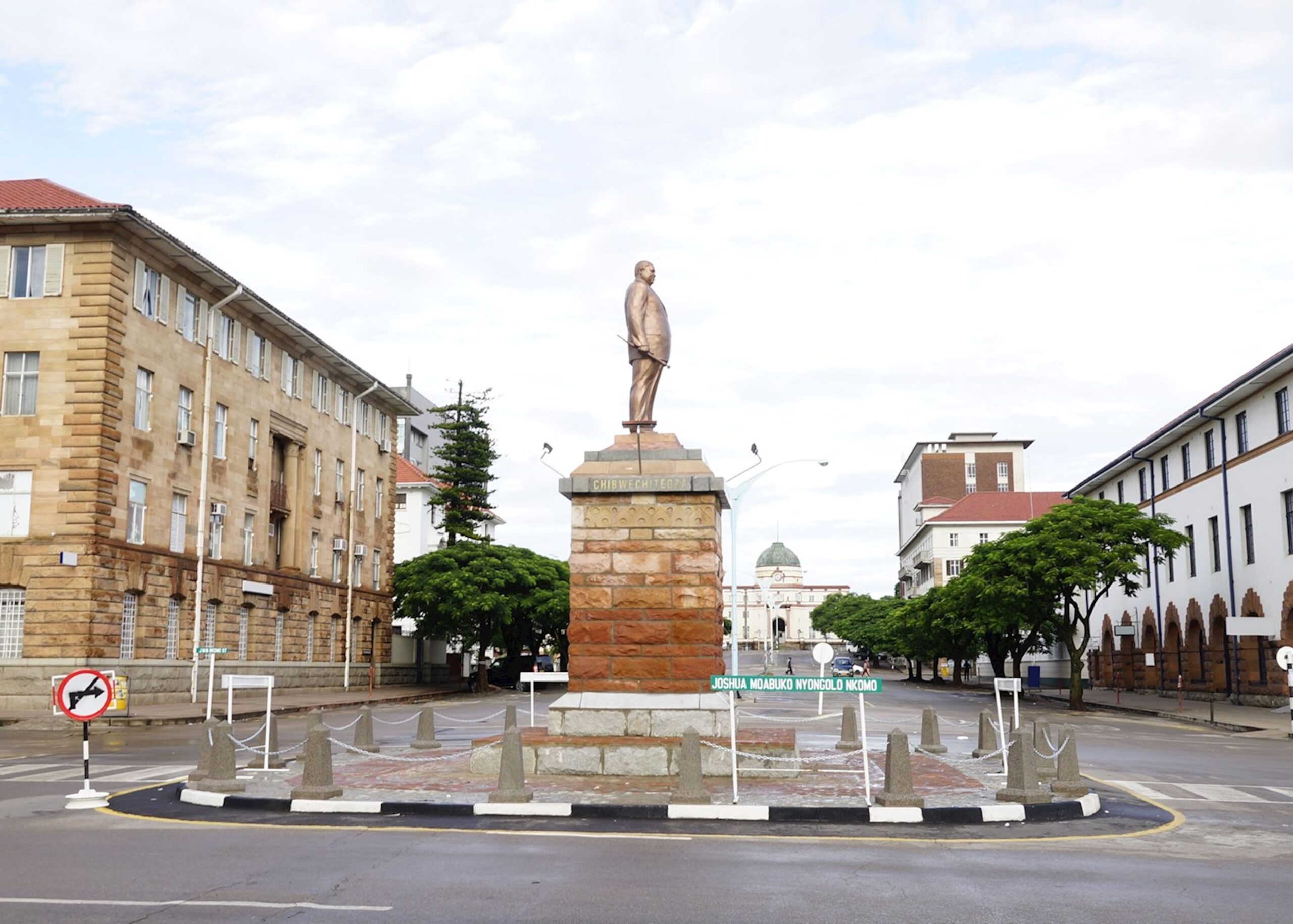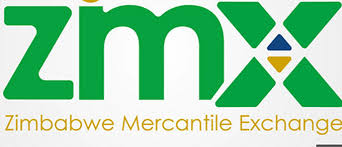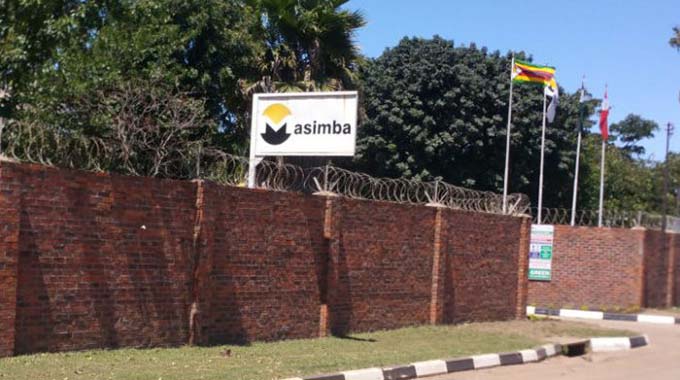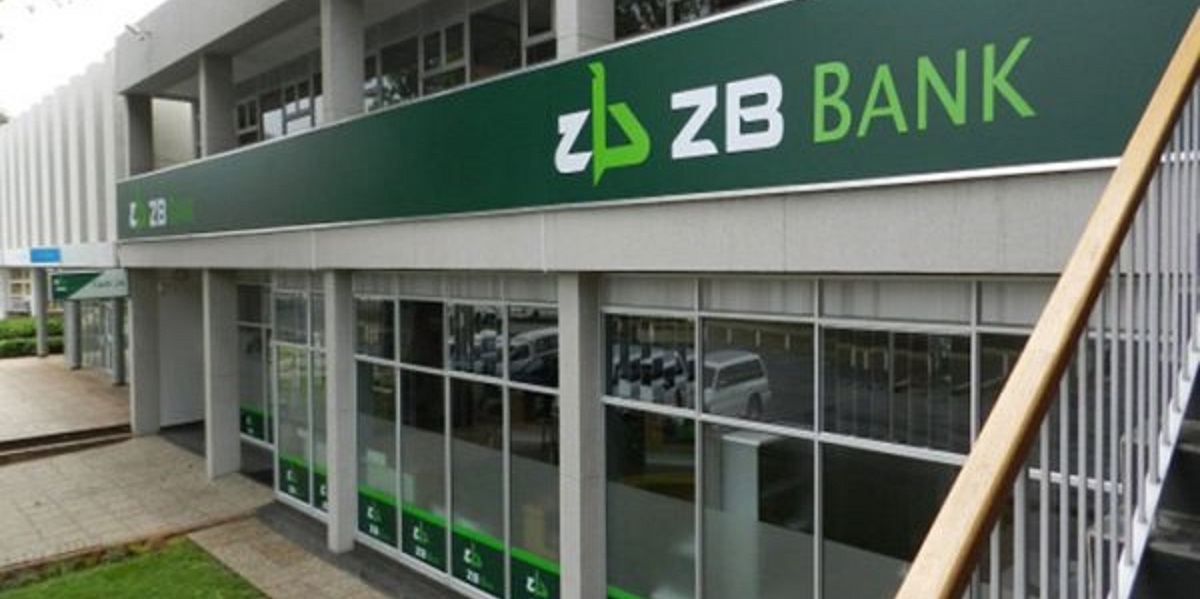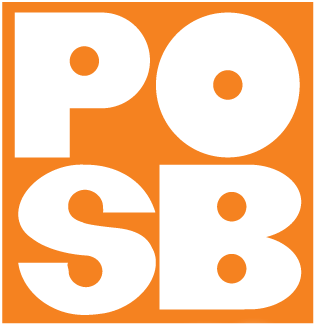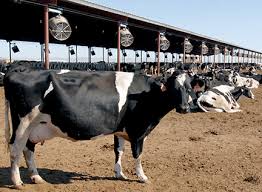Milk production expected to exceed 114m litres
MILK production in Zimbabwe is expected to exceed 114 million litres produced last year, reflecting the Government’s commitment to boost the dairy sector.
The milk production target is 150 million litres per year against a national requirement of 131 million litres.
The continued increase in milk production has been a result of Government efforts and strategic initiatives in the dairy industry.
The latest figures from the Dairy Services Unit reveal that milk production has risen from 18,337,826 litres during the same period last year to 18,461,509 liters this year, indicating an increase of 123,683 litres.
This upward trend is further corroborated by the statistics showing that milk intake by processors also rose significantly, reaching 16,893,546 litres compared to 16,854,809 litres last year.
Additionally, producers have retailed 1,567,963 litres, up from 1,483,017 litres in the corresponding period last year, showcasing a promising trajectory for the industry.
Lands, Agriculture, Fisheries, Water and Rural Development, Permanent Secretary Professor Obert Jiri, said the growth of the dairy sector indicated Government’s commitment to reduce imports.
“These figures signify the Government’s thrust for import substitution and growth in the dairy sector,” he said.
The increasing milk production can be attributed to several factors, including an upsurge in dairy farming adoption by local farmers and robust support from the Government.
The national herd has also been bolstered through the importation of heifers, which accelerates growth from the local breeding stock, enhancing productivity throughout the sector.
Zimbabwe Association of Dairy Farmers (ZADF), Mashonaland West vice chairman Mr Cloudious Burira, expressed optimism regarding the future of milk production.
“High milk production is inevitable following various measures implemented by the Government to boost production,” he said.
He further highlighted the vital role played by the European Union fund in training dairy farmers.
“Field officers were all over the regions educating farmers on ways to boost milk production. We were also educated on how to prepare farm feed formula,” he added.
Recently, ZADF national chairman Mr Edward Warambwa, noted that the continuous rise in milk production sets Zimbabwe on a promising path towards achieving milk self-sufficiency.
“Milk production, which continues to increase, sets the country on a trajectory to achieve milk self-sufficiency this year,” he affirmed.
He also emphasised the importance of creating enabling policies that foster investment in alternative energy technologies, such as solar grid systems and biogas usage.
“This can be achieved through offering tax incentives to investors and availing funding to support such investments,” Mr Warambwa said, underscoring the need for improved irrigation systems and farm road enhancements.
The Government’s commitment to supporting the national herd growth is evident through various initiatives, including ensuring access to hybrid semen and vaccines, promoting pasture development, and prioritising power supply to dairy farmers to maintain essential cold chains.
The Presidential silage programme, aimed at targeting 1 500 smallholder dairy farmers, has provided each household with a standard input package for one hectare of silage, significantly enhancing productivity within the dairy sub-sector.
An economist with the Zimbabwe Farmers’ Union, Ms Nyasha Taderera, highlighted the advancements made thus far as positive steps towards the growth of the dairy industry.
“This is a positive step towards improving the dairy sector. There will be a reduction in the import of milk powders from South Africa. This also shows that milk consumption in the country will increase, and there will be more investors in the dairy industry,” she explained.
Under the livestock recovery growth plan, Government envisions milk production rising to 150 million litres and expanding the dairy herd from 39,980 to 60,000 by 2025.
To fully revitalise the sector, an estimated US$75 million is required, for continued investment and support in the dairy industry.
Collaborative efforts between Government entities and private sector stakeholders are paving the way for a sustainable and thriving dairy industry, ensuring that the future of milk production in Zimbabwe remains bright.-herald


